Tourist visa to Japan. Most popular destinations for tourists
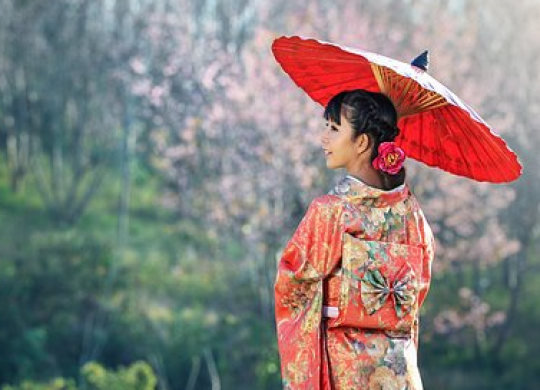
Japan is an island county. Its major part is situated on the old volcanic archipelago. In total it owns about 6500 islands. The biggest islands are Hokkaido, Honshu, Shikoku, Khusyu and Okinawa. The total length of the islands from north to south is 3000 km which gives a significant variety of the climate zones. Fun fact: 5 of the snowiest cities in the world are in Japan.
Yet tourists are attracted not by the climate and geographical peculiarities. But by the rich and extraordinary culture as well as by unique sightseeing.
Tourist must-sees in Japan: top places
It is said that if the traveller didn’t see Fuji, he/she didn’t see anything. But it cannot be applied to the mountain only. The most popular tourists places in Japan are:
- Tokyo city;
- Kyoto city;
- city of Nara;
- Miyajima island;
- Ashikaga park;
- snow monkeys park at Honshu island;
- Kawati Fuji botanical garden;
- Nikko Tosegu sanctum;
- White Heron Castle (Himeji);
- Japanese Hogwarts (Universal Studio theme park), Disneyland, oceanarium and Ueno zoo.
Along with the world's famous historical and natural sightseeing, Japan can offer a lot of other interesting places. For example in Yokohama one can see a traditional silk-making routine, brought from China. And koi fish — in the drainage system of Shimabara town on Khusyu.
If you want to see something really authentic and unique, you should visit:
- Memorial park of Peace at Hiroshima built within the epicenter of the atomic explosion (1954). Here one can pay tribute to the victims of the nuclear shelling, visit theme museum and to see a Genbaku Dome — ruins of the Industrial Promotion Hall building, left after the bombing. As a reminder on the consequences of nuclear shelling and as the symbol of hope for the nuclear-free world, this place is on the UNESCO World Heritage List.
- Chūbu Sangaku national park is also known as the Japanese Alps. Visiting this marvelous place will be the best decision for the fans of active leisure. Everyone can pick a route to the taste and enjoy picturesque views of an untouched wild nature. Those who like to rest watching the mountains should visit the village of Oku-Hida: there are lots of hot springs and spa-zones.
- The National Museum of Emerging Science and Innovation Miraikan (jp. "Future Museum") collects all possible advanced technologies. All exhibits are interactive. And instead of the guide, visitors will be accompanied by the Asimo android, created by Honda company.
- TeamLab Planets TOKYO is an art space. There are no boundaries between art and science. Therefore every visitor becomes a part of an amazing installation.
- The Ghibli Museum is dedicated to manga and anime. Hayao Miyazaki took part in its creation and design. Thus the place is a multi-floored labyrinth that showcases the art and technique of animation. Visitors can meet Totoro and other favorite Ghibli characters here. It is necessary to book tickets beforehand: sales are opened on the official website monthly on the 10-th day and allow to byu tickets for the following month.
- Gardens of the Adachi Museum of Art. I.e. — 6 gardens featuring diverse coniferous trees, a man-made waterfall 15 meters high, rock gardens and a tea house. Tourists can be puzzled by the fact that walking in the garden is prohibited — one can look at it via panoramic windows of the pavilions. But the reason is simple: the composition is perfect and the microclimate is quite unique, thus it cannot be interrupted.
- Tsukiji fish market is the biggest one in Japan. Here tourists can get a lot of emotions and souvenirs. But not fish: visitors can only watch the tuna auction from the glassed galleries. Still no one can stop tourists from visiting food-court and trying delicious fresh sea-food.
- Monet pond in the town of Seki. It was created by the owner of Itadori park. He cleaned up an old water reservoir used for the rice field irrigation, styled it and filled it with fish. Due to the vibrant color of water-plants and crystal-clean water one may think that there is some paint or LED Light Bulbs. Yet it isn't true. The secret of the pond's exterior is diligent care and superb composition which can only be made in Japan.
Diving into Japanese culture
Japanese national traditions are astonishing. To get into them one should plan the journey paying attention to the big dates such as the Sakura day, Rice planting festival (the Emperor always takes part in it), Sapporo Snow Festival, Hinamatsuri (also called Girls' Day), Tanabata festival, the Mid-Autumn Festival (Tsukimi) etc. Each of these days are known for the festivities. And a dress-code: locals are getting on their best kimonos or yukatas, geta-shoes and bamboo umbrellas.
- Those who wish to get deeper into Japanese culture has to:
- travel by train. Japan has a well-developed railway system and high-speed trains, which can brought one to any, even the most remote part of the state. Usually it is possible to take a train into the subway;
- visit a tea ceremony. Unlike the Chinese one which aims at pleasant leisure, Japanese consider it to be a sacred ritual filled with a unique aesthetics;
- watch a Kabuki play (all parts are still played by men);
- bath in the onsen — the hot spring. Usually they are open-air. Yet it is possible to find high-tech basins under the roof;
- try a marble beef steak in Kobe. Japan is tiny, so there is no place for stockbreeding. It adds to the value of the vagu cows meet which is famous due to its exotic exterior and refined taste.
Japanese mentality peculiarities: tourist FYI
Japan is known for its peculiar etiquette system. In order not to be deemed rude or be banished from the museum, hotel or restaurant, the tourist must be mindful of the nuances. For example:- it is necessary to put the shoes off once you enter the building (cafe, museum, hotel etc). Step onto tatami-matte with the shoes on is offensive;
- tips are not welcomed (they are usually included into the bill);
- you can be not allowed to bath in the onset because of tattoos;
- attending lavatory requires to use special toilet slippers, as it will prevent spreading of bacteria from the loo;
- getting on the public transport (subway included) is possible only by queue;
- there are special booths for smokers on the streets, as smoking in public places or establishments is prohibited.
Note: light eyes or dark skin is no surprise in big cities like Tokyo. But in the remote prefectures gaijins (jp. foreigners) are still an object of locals’ curiosity or a superstitious fear.Tourist visa
Tourist visa application has to be processed via Japanese Consulate via submission of:- traveling ID valid for the period which exceeds duration of the trip;
- visa application filled in English;
- 2 coloured photographs;
- notarized copy of the birth certificate;
- bank statement which showcases last 6 month;
- bought or booked inbound and return tickets as well as hotel reservations;
- a certificate of income from the workplace;
- detailed plan of the trip.
Visa duration depends on the documents and can be issued for the period from 15 to 30 days. Decision takes up to 5 business days.
Recommended articles
3 min
Travels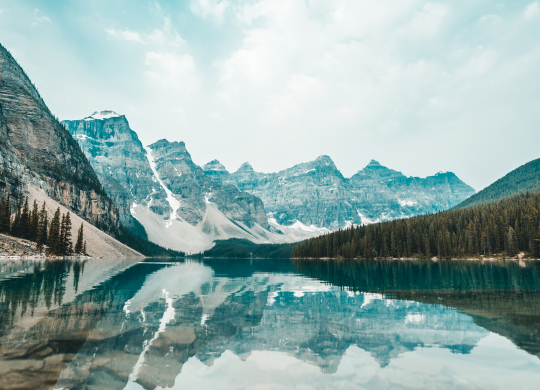
4 min
Travels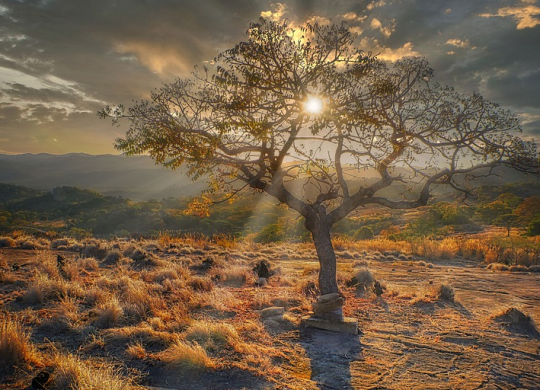
5 min
Travels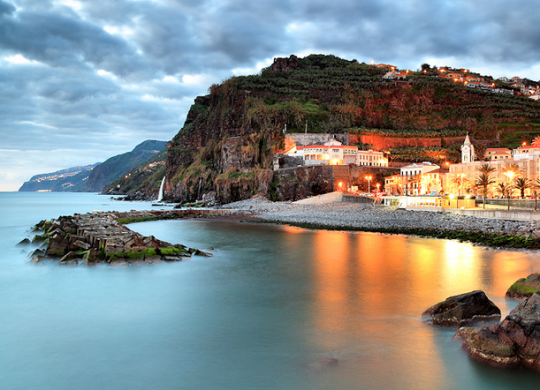
4 min
Travels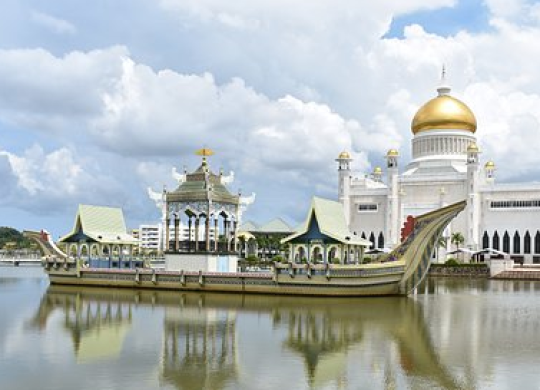
All materials and articles are owned by VisitWorld.Today and are protected by international intellectual property regulations. When using materials, approval from VisitWorld.Today is required.
